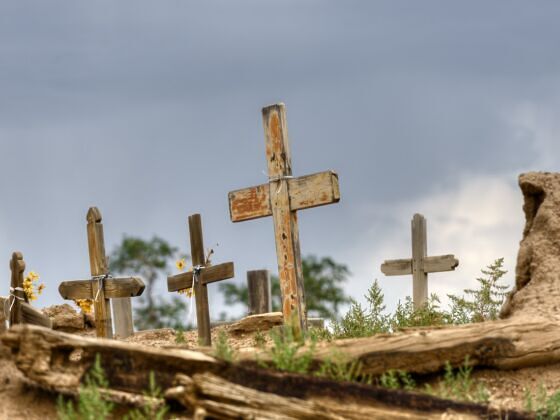**Nb. If you missed Part 1, start here. Part 2A: Sweaty Balls is here.
Friday, June 18, 12:45 PM, Old Union Courtyard, Stanford University
WITHOUT THE DISTRIBUTED DEADWEIGHT OF LEMONADE and chicken salad sandwich wedges, the red plastic tablecover finally submits to the breeze, bearing cups, plates, crumbs, cookies, and assorted cut fruit pieces in a westerly direction, off the table, away from the fountain.
